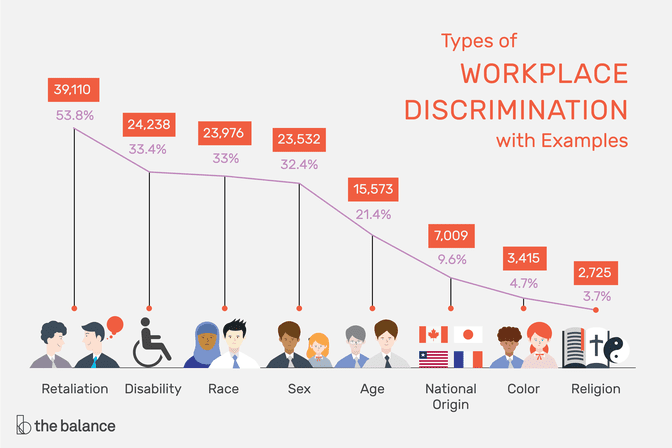International Women's Day: How Do We Break the Bias at Work?
Photo by Mohan Reddy
Imagine a gender-equitable workplace.
Lead with a vision, not the problem.
There is value in spending time to evaluate current issues, reflect on historic patterns, and anticipate future barriers. But it can get overwhelming to unpack all of these problems to the point that it can almost feel insurmountable when faced with the reality that we have a long way to go yet.
By placing all of your attention towards issues, there is an important question left unanswered:
What does a gender-equitable workplace even look like?
It may seem like an easy answer, but not everyone has the same picture of gender equality. Do you picture equitable representation, inclusive talent recruitment, and comprehensive parental leave (for birthing, non-birthing, and adoptive parents alike)? Or do you envision a workplace with flexible work arrangements, zero sexual harassment, and inclusive workplace culture? If you answered all of the above—where do you begin?
To make any of these changes a reality you must first make a concerted effort to reflect on and capture your team’s vision.
“Leadership is the capacity to translate vision into reality.”
Leading with a vision in mind requires zooming out from individuals and distinct issues to see the bigger picture. Gender imbalances stem from long-standing systemic inequalities embedded within the way our work and world-at-large is structured. This isn’t a linear problem that with a straightforward fix—it will require buy-in from many people and a multitude of interventions, practices, policies and cultural shifts to change.
Your vision offers a clearer picture as to what needs to change and the values you need to carry on your journey towards a more equal future.
A workplace free of bias, stereotypes, and discrimination.
Throughout our daily lives, we are surrounded by subtle and not-so-subtle messages of how we are expected to behave, look, and believe in (we call these gender norms).
The workplace is no exception to this.
When we walk into work every morning we do not leave our perspectives and biases at the door. Even when we have the best of intentions we have implicit biases that we carry subconsciously that affect our decision-making without us knowing (see what biases you carry with Harvard University’s Project Implicit).
Equipped with the knowledge that implicit biases exist (our Executive Director likes to say ‘if you have a brain, you have bias’) means that we can take the very intentional step of implementing safeguards to reduce discrimination in the workplace.
There are many first steps you can take: create a diversity, equity, and inclusion (DEI) team or committee, offer more professional development opportunities for your team, or regularly read books that challenge your worldview.
Or you may choose to tackle a crucial yet daunting task: policies.
A close look at policies in place with a diversified perspective (read: not just one or two people on the HR or legal teams) may be able to spot language or practices that unintentionally favour specific types of people.
For example, some companies praise and promote staff who are going the extra mile, are never afraid to put in a little overtime or work and are always on, always available. A strong majority of the staff who are able to work like this are young men. Unintentionally harming women who are disproportionately the caregivers to family and the men who feel an overwhelming pressure to compete with this. A policy that clearly outlines the achievements and metrics required to receive promotions or positions with an accompanying culture shift towards work/life balance could help increase equality within the workplace.
Whatever your first step is—know that it will be the first of many along this journey. But have no fear for you don’t walk alone, we are all making an effort to reach a gender-equitable workplace.
A world where difference is valued and celebrated.
We’ve moved past blindness or tolerance towards others. We’re now aspiring for belonging and celebration.
In the same way colour blindness fails anti-racism, all-gender approaches fall short in acknowledging that we have different lived experiences. We can’t ignore that we are all not the same—and that is not bad.
People who have different life experiences—whether because of their gender, sexuality, race, religion, age or ability—add value to your team.
“It is not our differences that divide us. It is our inability to recognize, accept, and celebrate those differences.”
We all deserve to be celebrated for the unique perspectives, experiences, and knowledge. After all, bias often stems from people being unable to separate the person from the stereotype.
So take notice. Be curious. Learn more about your team members.
Put in an effort to learn about different gender identities or orientations, have open conversations about mental health, and regularly use inclusive language.
Together, we can forge women's equality.
You don’t have all the answers. Neither do we.
To be fair, no one really does as gender equality is an ever-evolving endeavour that goes beyond the individual, interplays in all facets of the interpersonal, and is architected and upheld by what we call the system.
But everyone can make a difference in their workplace and that starts will a commitment to learn and unlearn.



